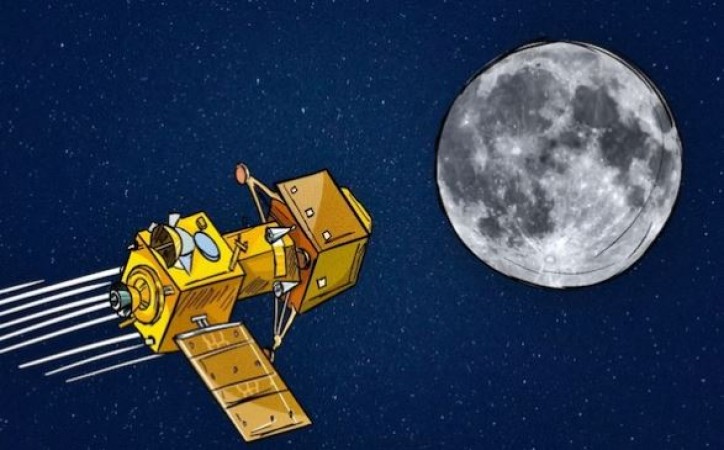
The vast expanse of the moon's southern pole remains an enigma, an uncharted territory that has eluded human exploration thus far. The footprints of achievement have adorned the moon's equatorial regions, courtesy of the United States, China, and the former USSR. Yet, the inhospitable topography of the lunar south pole has deterred all attempts at landing. The lunar surface, rugged and unforgiving, has foiled the ambitions of several nations' space agencies and even thwarted the aspirations of private space enterprises. The pages of recent history recount the ill-fated endeavors: Russia's LUNA-25 met a crash in its quest for lunar contact, Japan's lunar mission faltered just this April, and Israel's 2019 nonprofit lunar venture culminated in a tragic crash. The celestial challenge of the moon's southern pole remains formidable.
In tandem with these cosmic pursuits, Earth's economy has experienced a paradigm shift, propelled into the stratosphere by the burgeoning space sector. The Deloitte report resounds with the proclamation that our world is amidst an epoch of exponential growth in the realm of the space economy. From the year 2013 onwards, a staggering 1,791 companies have amassed an astronomical sum of USD 272 billion through private equity channels. Within this cosmic tapestry, India's trajectory shines brightly. Projections paint a vivid picture: by the year 2025, India's space economy is poised to transcend the USD 13 billion threshold.
Enter the beacon of hope and innovation — Chandrayaan-3. This mission's triumph would be nothing short of a clarion call, reverberating across India's space sector and beyond. The ramifications would be profound, rippling through the fabric of technological ingenuity and scientific discovery. A resounding success would galvanize India's space companies, injecting a surge of momentum into their endeavors. It would kindle the flames of inspiration, fueling the imaginations of countless innovators committed to pushing the frontiers of space technologies. Collaborations would sprout like constellations, with international space entities converging on India's spaceport to nurture new possibilities and pursue shared ambitions.
In the narrative of space exploration, success is often accompanied by prestige, and Chandrayaan-3's victorious landing would paint a luminary stroke on India's global standing. The Indian Space Research Organisation (ISRO) would ascend the ranks of innovation, its name etched alongside the pioneers of cosmic discovery. The world would cast its gaze towards India, acknowledging its triumph not merely as a national feat, but as a testament to human perseverance, scientific prowess, and the limitless frontiers of human potential.
As the saga of Chandrayaan-3 unfolds, a tapestry of aspiration and discovery is woven, uniting the past, present, and future of human exploration. The moon's forbidding southern pole may soon yield its secrets, and in doing so, catalyze a new era of collaboration, innovation, and wonderment.
Chandrayaan-3 Creates Historic Milestone on YouTube as It Achieves Record-Breaking Live-Stream Views
India's Chandrayaan-3 Achieves Historic Soft Landing on Moon's South Pole
Jeff Bezos, Elon Musk Cheers Chandrayaan-3 Moon Landing, What's said?